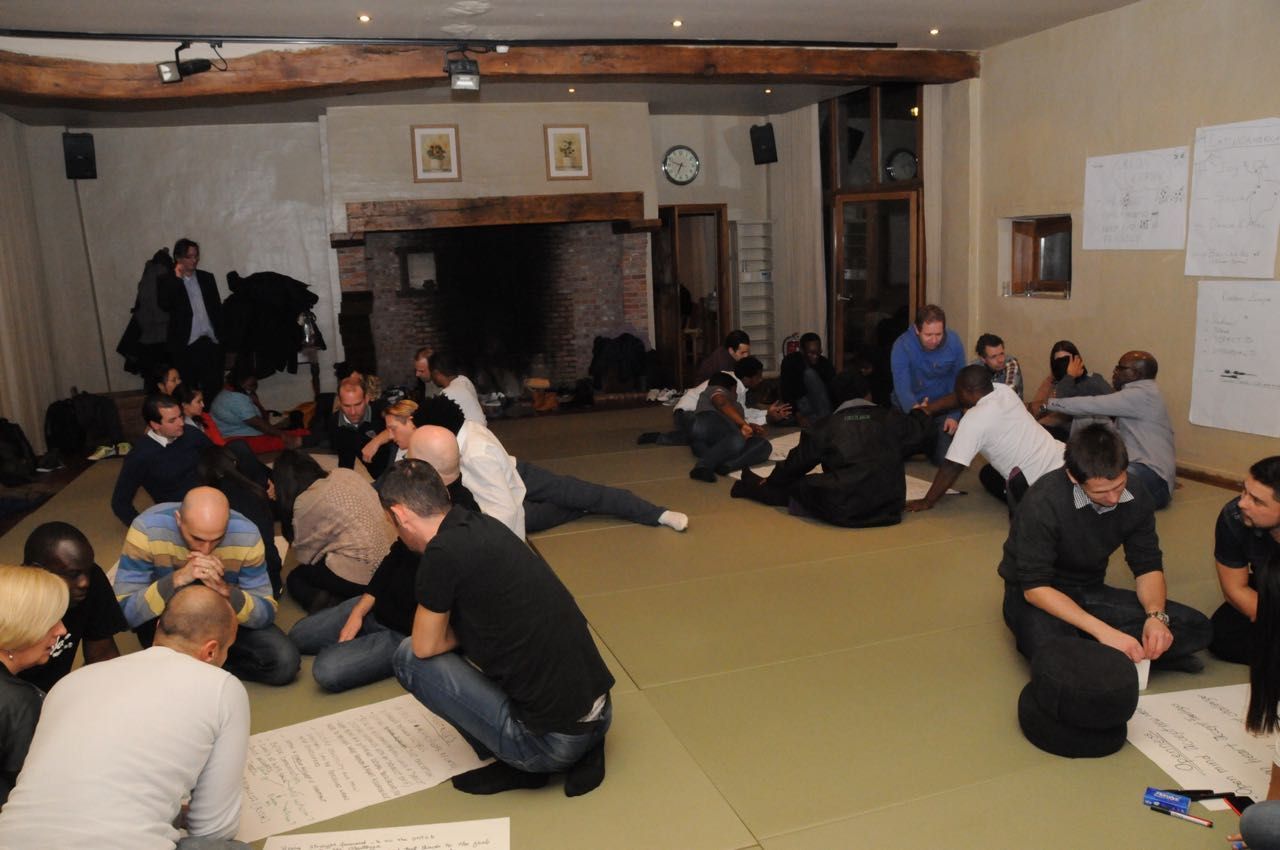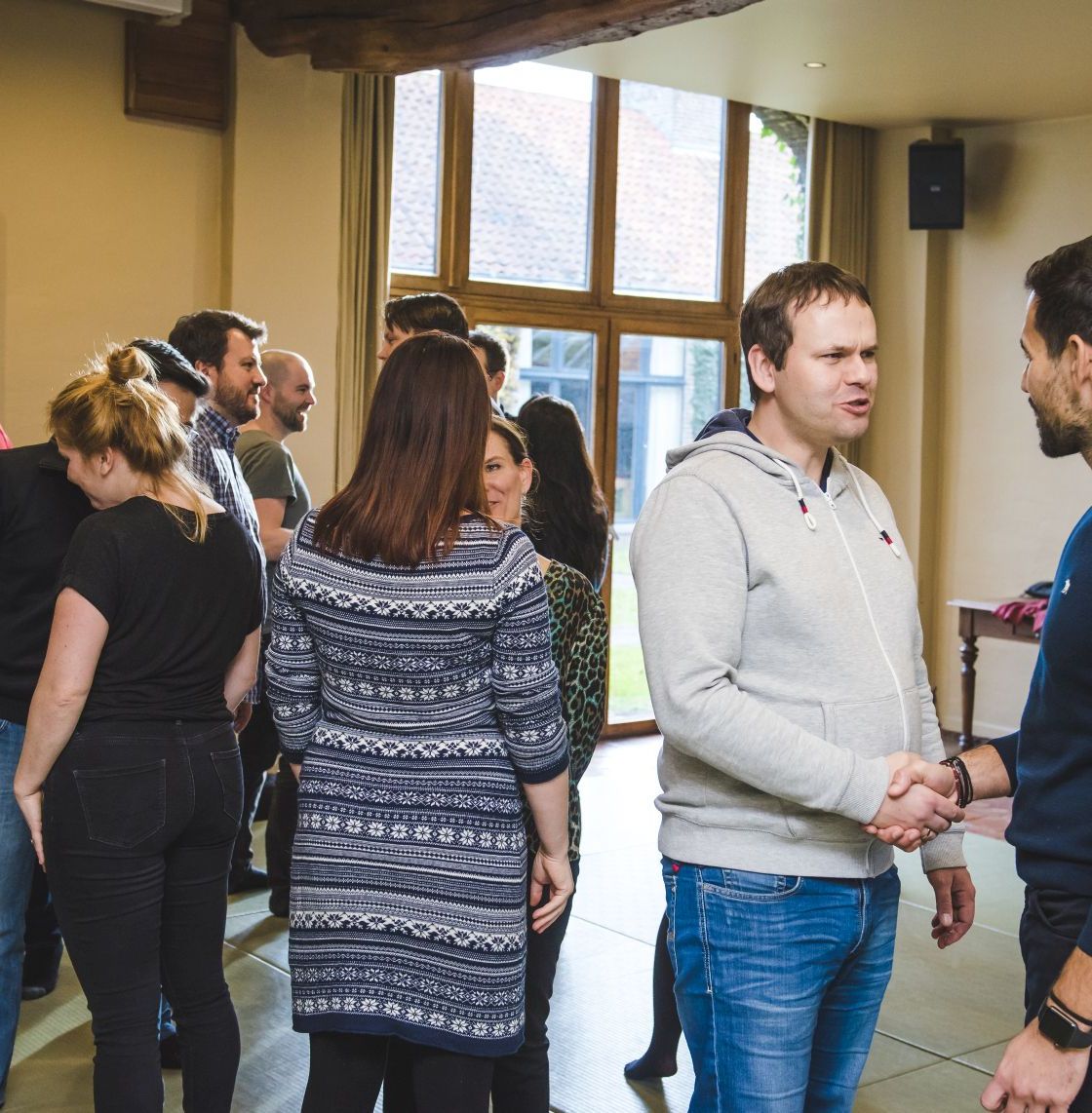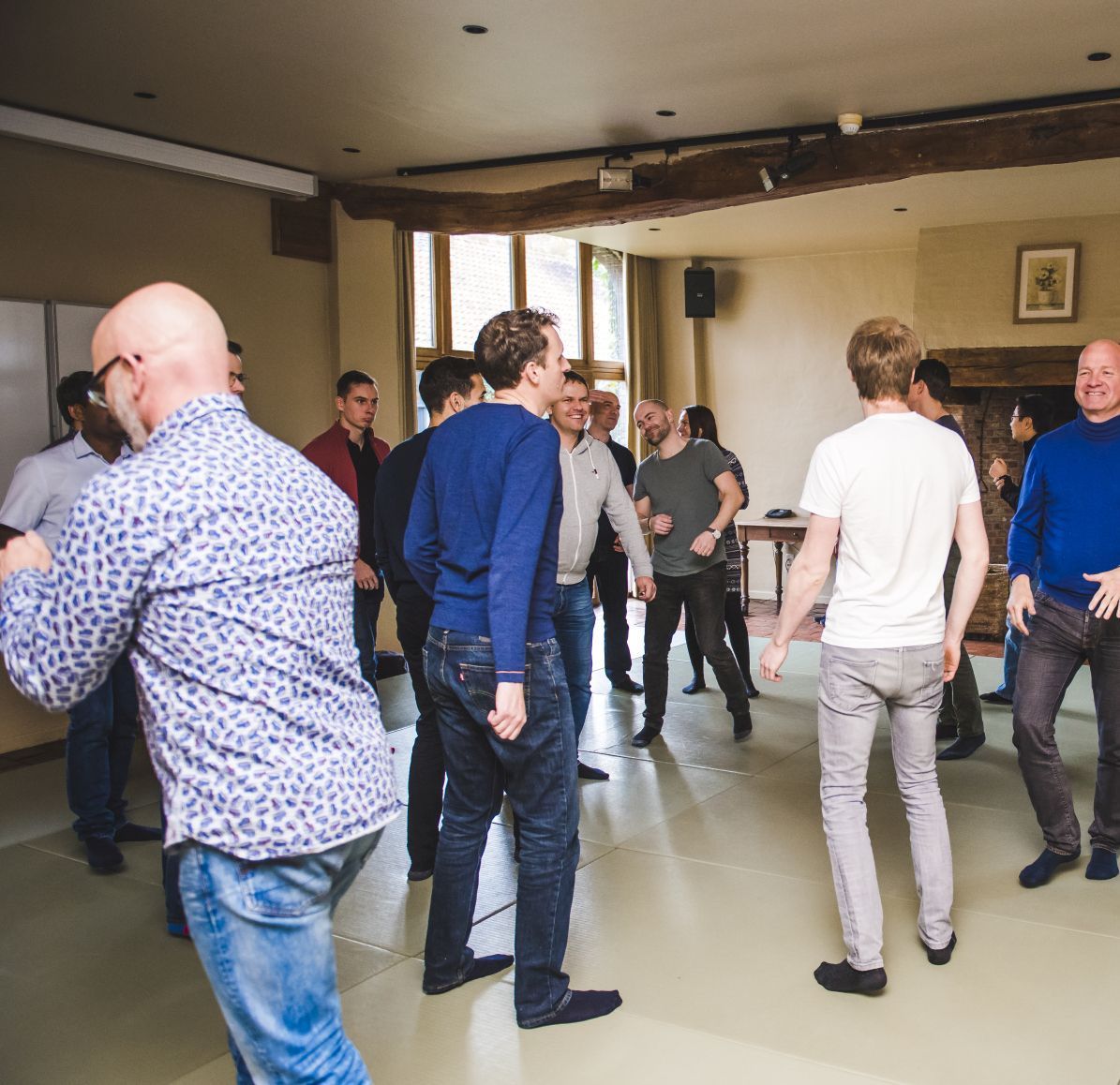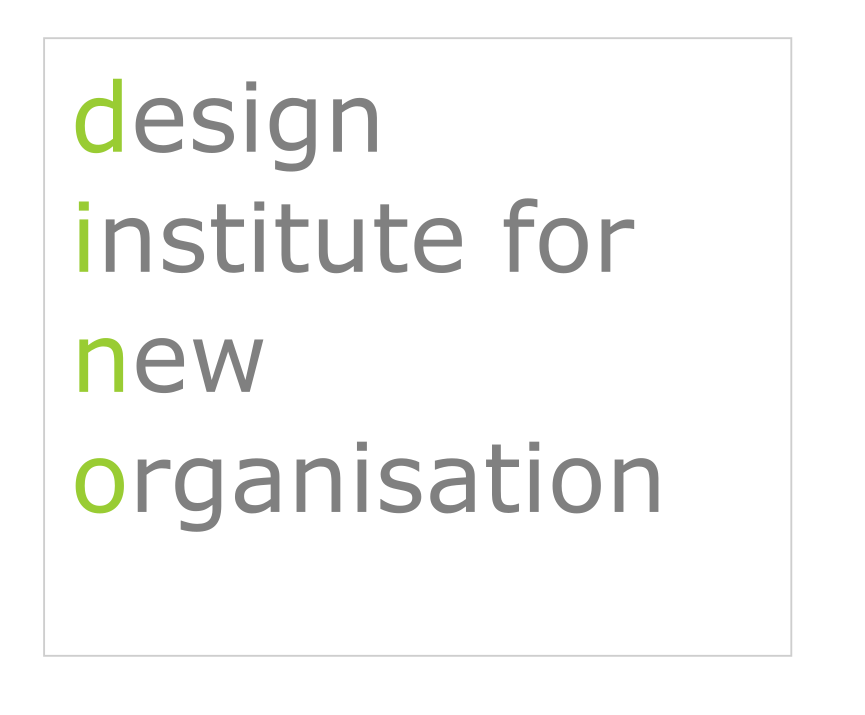Start the new year by giving your people an A upfront
expect people to give their best from the outset.
Let me share an idea that completely transformed the way I approach leadership, inspired by Rosamund and Benjamin Zander's remarkable book, The Art of Possibility.
Frustration
I’ll be honest. I was deeply frustrated. The people I worked with were fixated on their paychecks and tasks. Instead of sparking creativity, my leadership style inadvertently fueled comparison and conformity. Instead of encouraging agency and innovation, I had created a culture of mediocrity. Instead of fostering lively, productive dialogue, I found myself presiding over a team bogged down by task-oriented monotony.
I´m part of the problem
Through my background in System Dynamics, I already knew that the system I had created—or at least my role within it—was part of the problem. What I didn’t know was how to break free from this self-reinforcing cycle. When I started reflecting, I uncovered a set of shocking, implicit assumptions driving my behavior:
1. People will only complete tasks if you pay them for those tasks.
2. People will work harder when competing for limited resources.
3. The amount of remuneration someone receives is a direct indicator of their value or performance.
These assumptions weren’t just misguided; they were crippling my team's potential.
The Way Out
Everything changed when I picked up The Art of Possibility. The Zanders’ philosophy resonated immediately. Instead of judging work retrospectively, they propose something radical: expect people to give their best from the outset.
Here’s the core of their approach:
1. Create an environment of cooperation instead of judgment.
2. Inspire people to aspire to their best selves.
3. Stop comparisons and let individuals focus on their unique strengths.
The "Giving an A" Principle
One of the most striking ideas in the book is the concept of "Giving an A." In his role as a music professor, Benjamin Zander told his students they would all receive an A in the course—with one condition. At the beginning of the semester, they had to write him a letter dated at the end of the course. In this letter, they imagined having earned their A and explained why they deserved it, describing how they’d grown, what they’d achieved, and who they’d become.
"Giving an A" isn’t about pretending everything is perfect or ignoring challenges. It’s about starting with possibility and positive intention. It’s about granting others—and yourself—unconditional acceptance and recognition. This simple shift in mindset dissolves fear and judgment, replacing them with collaboration, creativity, and joy.
Why It Works
At its heart, this approach shifts the focus from proving worth to unleashing potential. When people no longer feel the need to defend or compare themselves, they’re free to:
• Think creatively and innovate.
• Take ownership of their growth and performance.
• Contribute to the team’s success without fear of judgment.
It’s a framework that encourages agency, experimentation, and higher performance—all while fostering a stronger sense of purpose.
How It Works in Practice
Here’s how I applied this principle in my own work. Instead of predefining rigid performance criteria or dangling future rewards, I asked my team to imagine their ideal future selves. Each person wrote a document projecting themselves into the future, envisioning what they had accomplished, how they had added value for our customers, and the specific attitudes, skills, and knowledge they had developed to get there.
These letters became the foundation of their professional and personal development plans.
My Experience
Frankly, I was blown away by the results. This simple shift transformed my team. People began cooperating more openly, thinking creatively, and experimenting with new ways to add value. They stopped worrying about how they measured up to others and focused instead on what they could uniquely contribute.
Of course, the questions you frame need to align with your team’s mission. This isn’t about aimless personal growth; it’s about creating tangible improvements in customer satisfaction. What can your team do to enhance the quality of your customers’ lives? That’s where the focus should be.
Ready to Transform Your Team?
If this approach resonates with you and you’re ready to unlock your team’s full potential, let’s talk. Together, we can explore how this philosophy can help your team excel and deliver exceptional results. Give us a call today.







